Gaeomagnetism and aeronomy
Gaeomagnetism and aeronomy provides the following services:
- Geomagnetic, geoelectromagnetic and aeronomic measurements and tests;
- Daily observatory geomagnetic, geoelectric and ionospheric variations (magnetograms, magneto-tellurograms, ionograms);
- Electromagnetic field measurements and tests;
- State geomagnetic survey at secular stations and points of the first and second order;
- Paleomagnetic laboratory and field measurements and tests;
- Seismomagnetic measurements and tests;
- Calibration of instruments and devices for geomagnetic and electromagnetic measurements;
- Geomagnetic measurements at the airport on the compensation circuit;
- Geomagnetic measurements with applications in the exploration of mineral deposits, archeology, environmental science, detection of unexploded ordnance, and more.
Geomagnetism and aeronomy are listed as the activities carried out in the Republic Geodetic Authority.
The LAW ON STATE SURVEY AND CASTRE, stipulates Geomagnetism and aeronomy as the activities performed by the Republic Geodetic Authority.
At the Center for Geomagnetism and Aeronomy "Milutin Milankovic" methods of observatory, laboratory and field measurements and tests are performed and developed.
Geomagnetism and electromagnetism are scientific fields in which changes in the vector of the Earth's magnetic and electromagnetic fields are studied, in the temporal domain and in space, i.e. at observatories and reference stations, on a network of secular stations, points and profiles, using different methods of recording, registering and measuring. It is used in safe navigation and orientation in space.
Aeronomy is a scientific field that includes various methods of recording, registering and monitoring conditions, processes and phenomena, as well as the study of changes in the physical parameters of the Earth's ionosphere and magnetosphere. It has an application in the maintenance of telecommunication links.
Activities::
At the Grocka Geomagnetic Observatory GMO (GCK), continuous second registrations of variations and absolute and base measurements of geomagnetic field components are performed. Since 2005, the Grocka Geomagnetic Observatory (GCK) has been a full member of INTERMAGNET (Network of World Geomagnetic Observatories).
The membership certificate contains the name, code and address of the Observatory: Grocka Geomagnetic Observatory (GCK), 11306 Grocka, Belgrade, the Republic of Serbia.
At the Observatory for Geoelectromagnetism and Aeronomy, observatory and field geoelectric and electromagnetic measurements and tests are performed. Digital registrations/recordings of ionospheric parameters (ionogram registrations) and observation of changes in magnetospheric parameters (sonogram registrations) are carried out at the Ionospheric Station using the vertical probing method (ionosonde DS-4D).
The geomagnetic survey contains various categories of geomagnetic measurements, observations and study of changes in the geomagnetic field vector for certain epochs (i.e. years) on the entire national territory. It has applications in air traffic safety.
The geomagnetic survey method includes three-component absolute and base geomagnetic measurements, registrations of daily variations and periodic repeated geomagnetic measurements at secular stations, reference points and a network of geomagnetic points of the first and second order.
The Center for Geomagnetism and Aeronomy "Milutin Milankovic" is an active member of the MagNete association the European Association for Periodic Field Geomagnetic Measurements.
The seismomagnetic survey is performed on a network of materialized points, and on projected profiles that are distributed in seismically active areas over the state territory of the Republic of Serbia. Geoelectromagnetic survey is performed on a network of measuring points, stations and profiles that are designed and distributed throughout the national territory of the Republic of Serbia.
Paleomagnetism is a method that deals with the study of changes in the Earth's magnetic field in the past, global and regional geodynamic and geotectonic processes, and explaining the processes that shape the creation of magnetization in rocks. In the Paleomagnetic Laboratory of the Republic Geodetic Authority, paleomagnetic measurements are performed on rock samples, which include a series of procedures that define the characteristic remanent magnetization vector (paleodeclination, paleoinclination and paleointensity), as well as the values of the magnetic properties of rocks. This data is used for the purposes of basic geological research and has applications in environmental science.
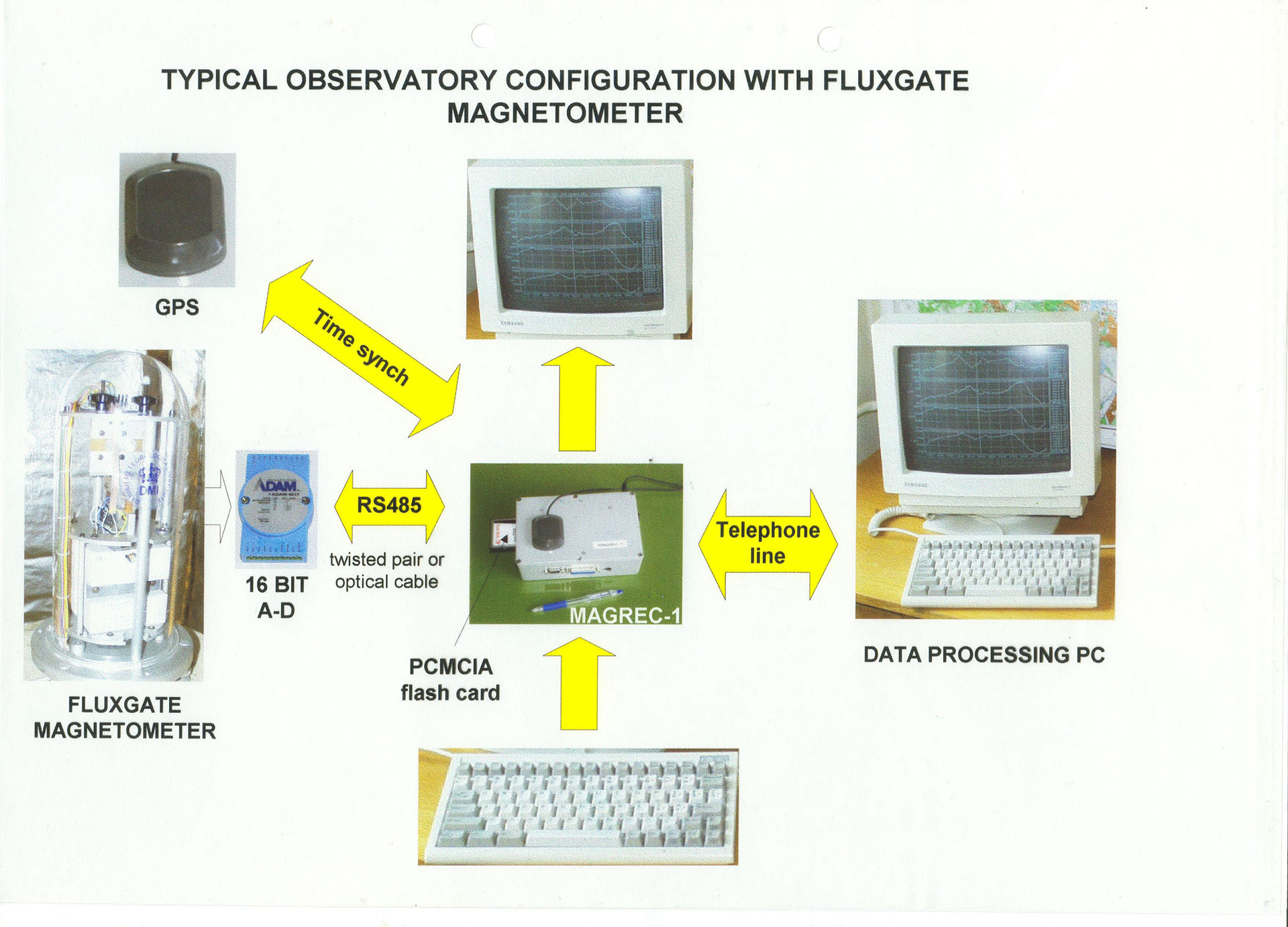
Figure 1: Automatic observatory system configuration with three-component FGE flux-gate magnetometer and DIMARK acquisition unit
Location: Grocka Geomagnetic Observatory (GCK)
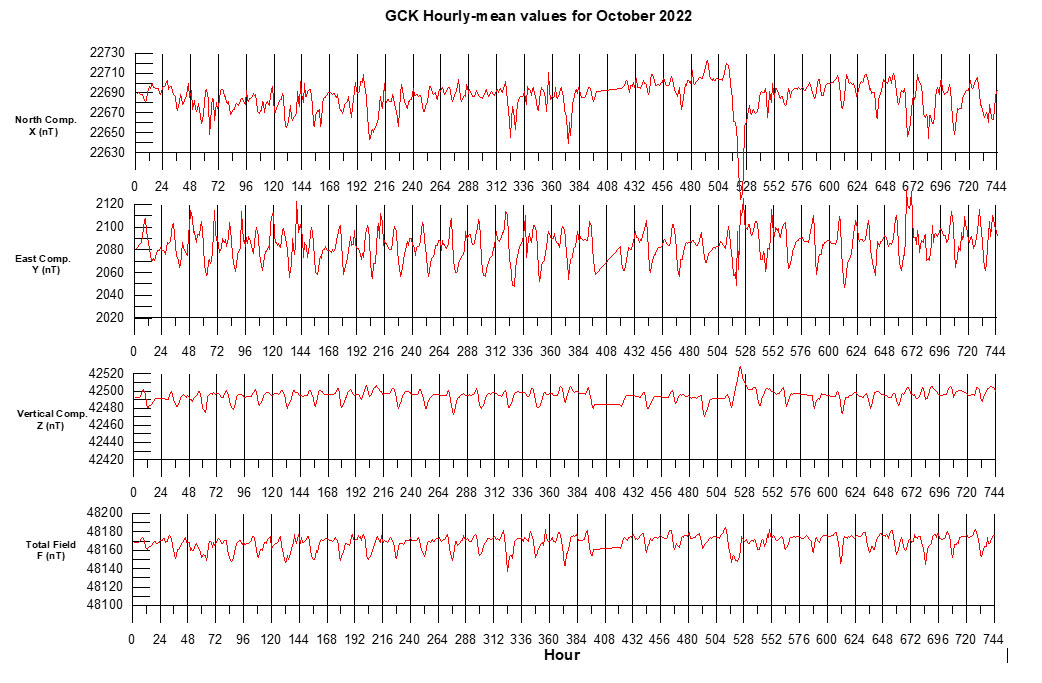
Figure 2: Distribution of geomagnetic field daily values X, Y, Z and F at the Grocka Geomagnetic Observatory (GCK) in 2022
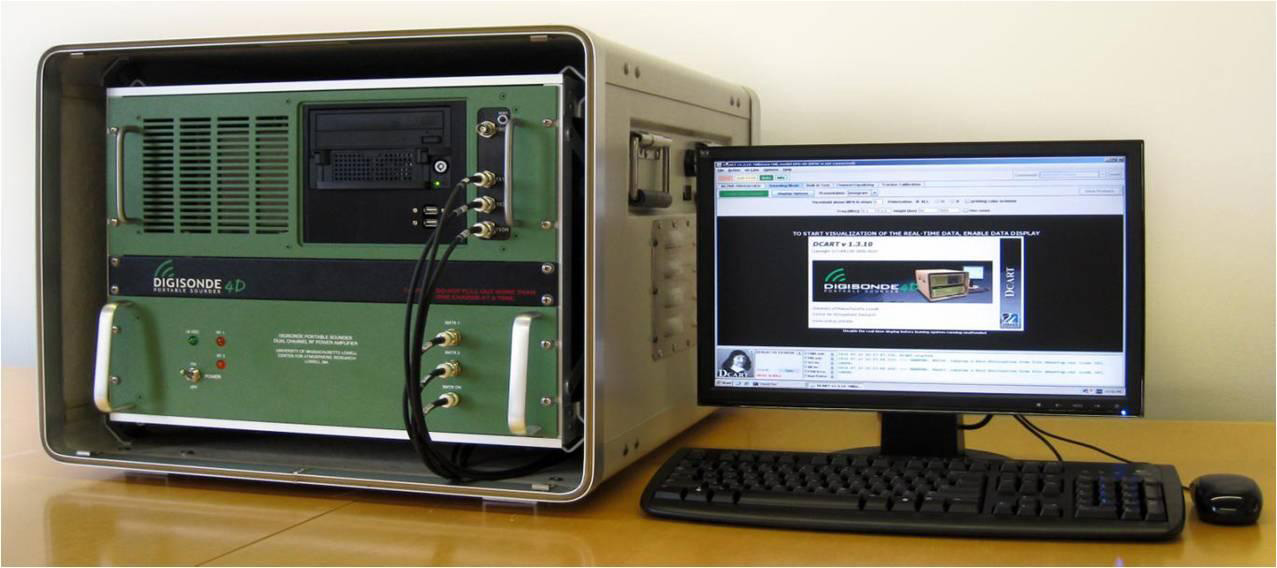
Figure 3: Configuration of automatic DIGISONDE 4D installed at Grocka Ionospheric Station
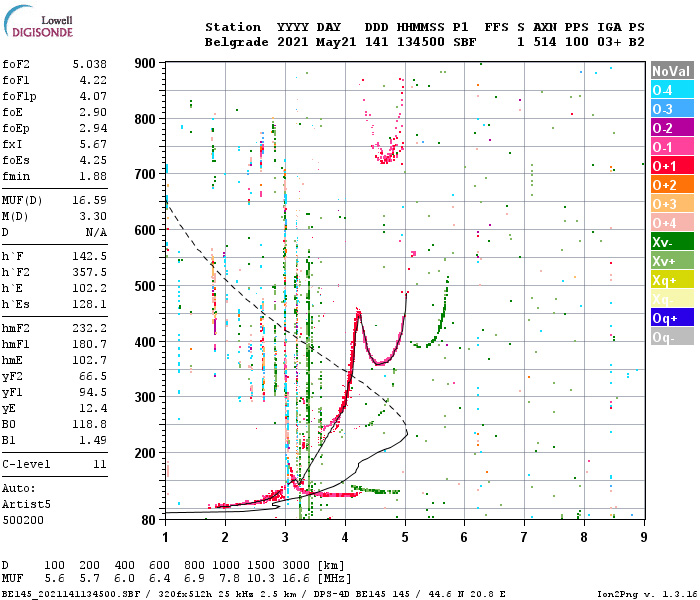
Figure 4: Ionogram registration of ionospheric parameters' hourly changes
Date: May 21st, 2021;
Location: Grocka Ionospheric Station
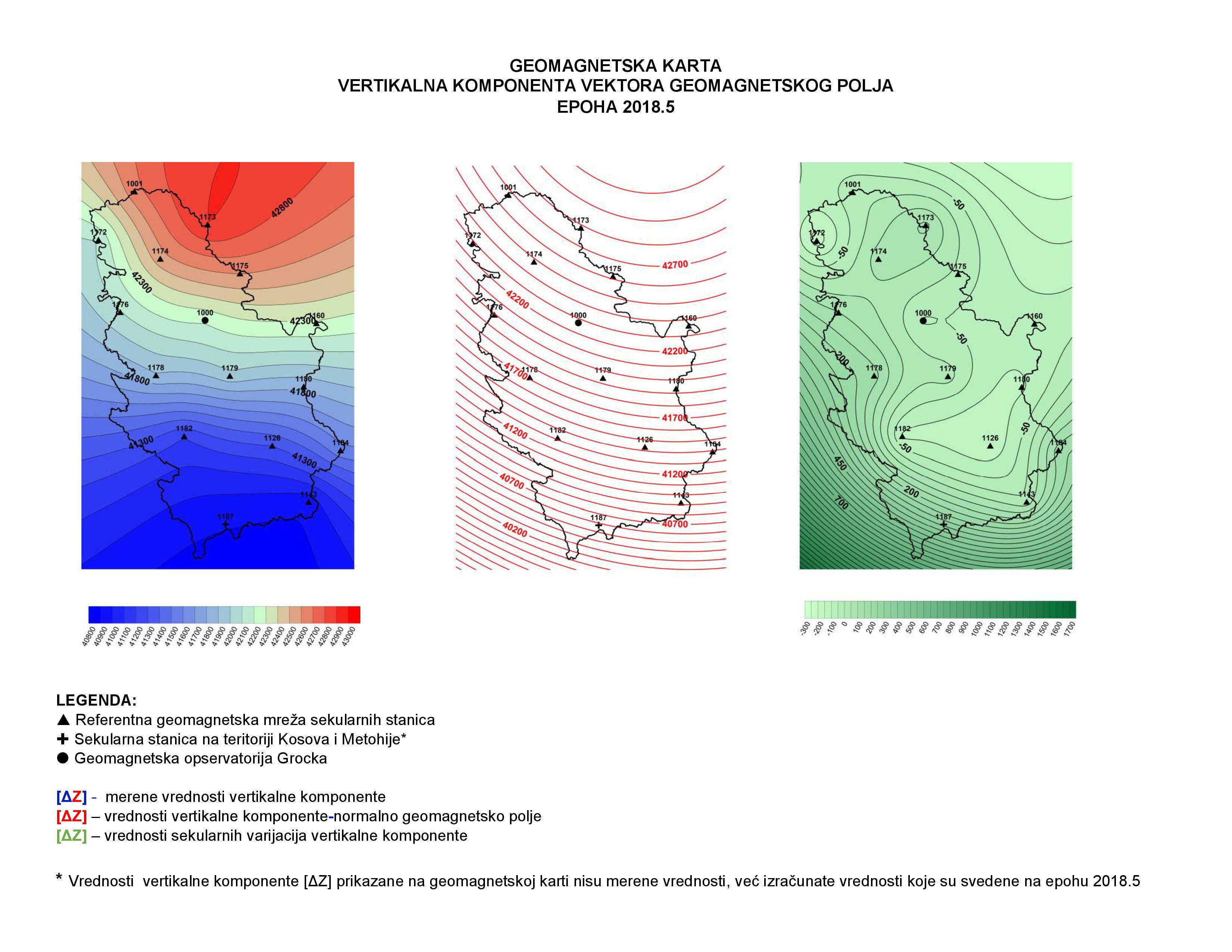
Figure 5: Geomagnetic map of geomagnetic field component Z values distribution over the territory of the Republic of Serbia for the epoch of 2008.5 on secular stations.
Basic documents:
The LAW ON STATE SURVEY AND CASTRE, stipulates Geomagnetism and aeronomy as the activities performed by the Republic Geodetic Authority.
The RULEBOOK ON METHODS OF WORK IN THE GEOMAGNETISM AND AERONOMY FIELD ("Official Gazette RS", No. 17/2007) presents the observatory methods of measurements and examinations.
Data users:
Activities and works in the field of Geomagnetism and aeronomy have always been part of the national sustainable development strategy. These are specific and particular observatory continuous measurements and registrations of changes in the geomagnetic and geoelectromagnetic fields, parameters of the Earth's magnetosphere and ionosphere, and the results of these measurements are used by numerous governmental institutions and bodies.
Among the most significant are the Ministry of Defense, the Serbian Army, the Military Geographical Institute in Belgrade (MGI), the Ministry of Interior Affairs, the Ministry of Construction, Transport and Infrastructure, the Ministry of Telecommunications, the Ministry of Environmental Protection, the Ministry of Mining and Energy, the University of Belgrade, Faculty of Mining and Geology in Belgrade, Faculty of Mechanical Engineering in Belgrade, Faculty of Science and Mathematics in Belgrade, Institute of Meteorology, Faculty of Geography in Belgrade, and SANU-Geographic Institute "Jovan Cvijic" in Belgrade.
Certain governmental sectors and departments that deal with environmental protection, risk management, and natural disasters (governmental institutions, agencies, centers), national and international companies that deal with exploration of mineral deposits (Rio Tinto, Rio Sava, C.E.E.), as well as several special organizations (HMIS-Hydro Meteorological Institute of Serbia, SIS-Seismological Institute of Serbia, GIS-Geological Institute of Serbia, Republic Institute for Environmental Protection, Environmental Protection Agency, Aviation Companies, Flight Control Services/Agencies, etc.).






